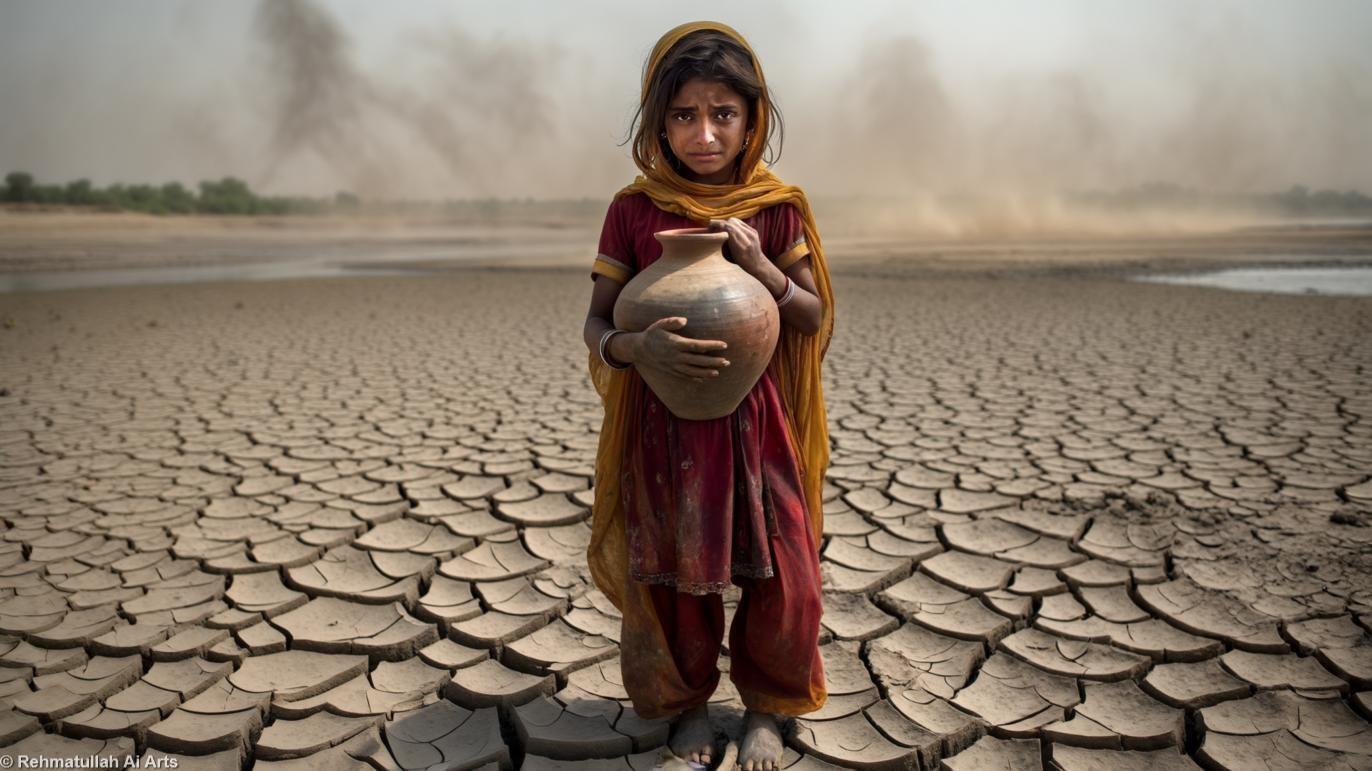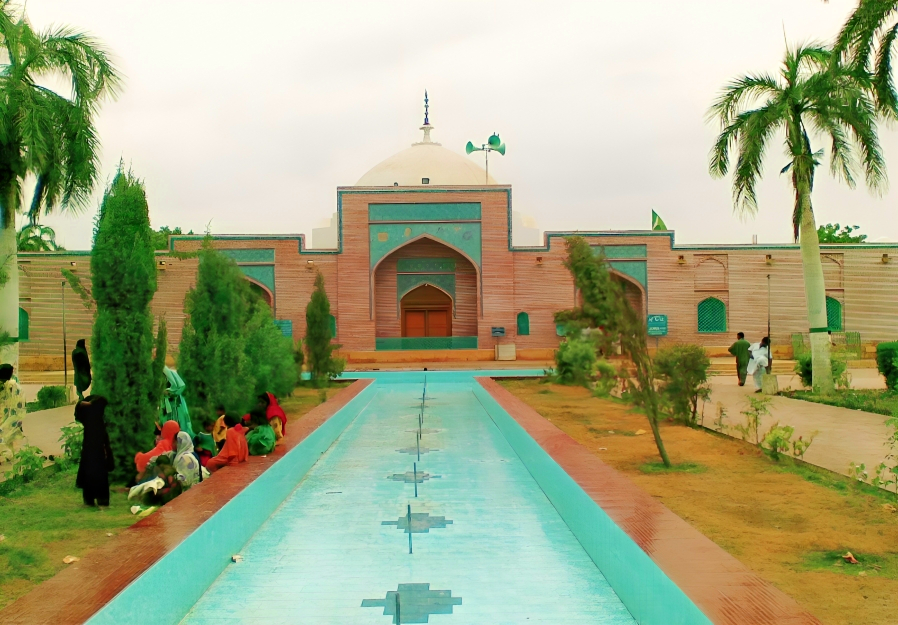The recent initiatives by Punjab to construct new artificial canals on the Indus River have sparked significant concern among the people of Sindh, leading to various socio-economic and environmental implications:
Water Scarcity and Agricultural Impact:
Sindh is already experiencing a 20% water deficit under the 1991 Indus Water Accord. The introduction of additional canals threatens to divert more water upstream, exacerbating this shortage. This reduction in water flow adversely affects agriculture, which is the backbone of Sindh's economy, leading to decreased crop yields and economic hardships for farmers.
Environmental Concerns:
The diminished water flow into the Indus Delta has led to increased salinity and degradation of wetlands, impacting biodiversity. The construction of new canals is feared to worsen these environmental challenges, further threatening the ecological balance of the region.
Social and Political Unrest:
The canal projects have ignited widespread protests across Sindh. Communities fear that reduced water availability will devastate their livelihoods, leading to displacement and social instability. Political tensions have escalated, with leaders from Sindh expressing strong opposition to the projects, viewing them as a violation of provincial rights and an imbalance in resource distribution.
Health and Livelihood Risks:
Reduced freshwater flow can lead to increased salinity in drinking water sources, posing health risks to local populations. Additionally, the decline in agricultural productivity threatens food security and the livelihoods of those dependent on farming.
In summary, the construction of new artificial canals by Punjab on the Indus River poses significant challenges for the people of Sindh, affecting their water security, agricultural economy, environmental sustainability, and social stability.
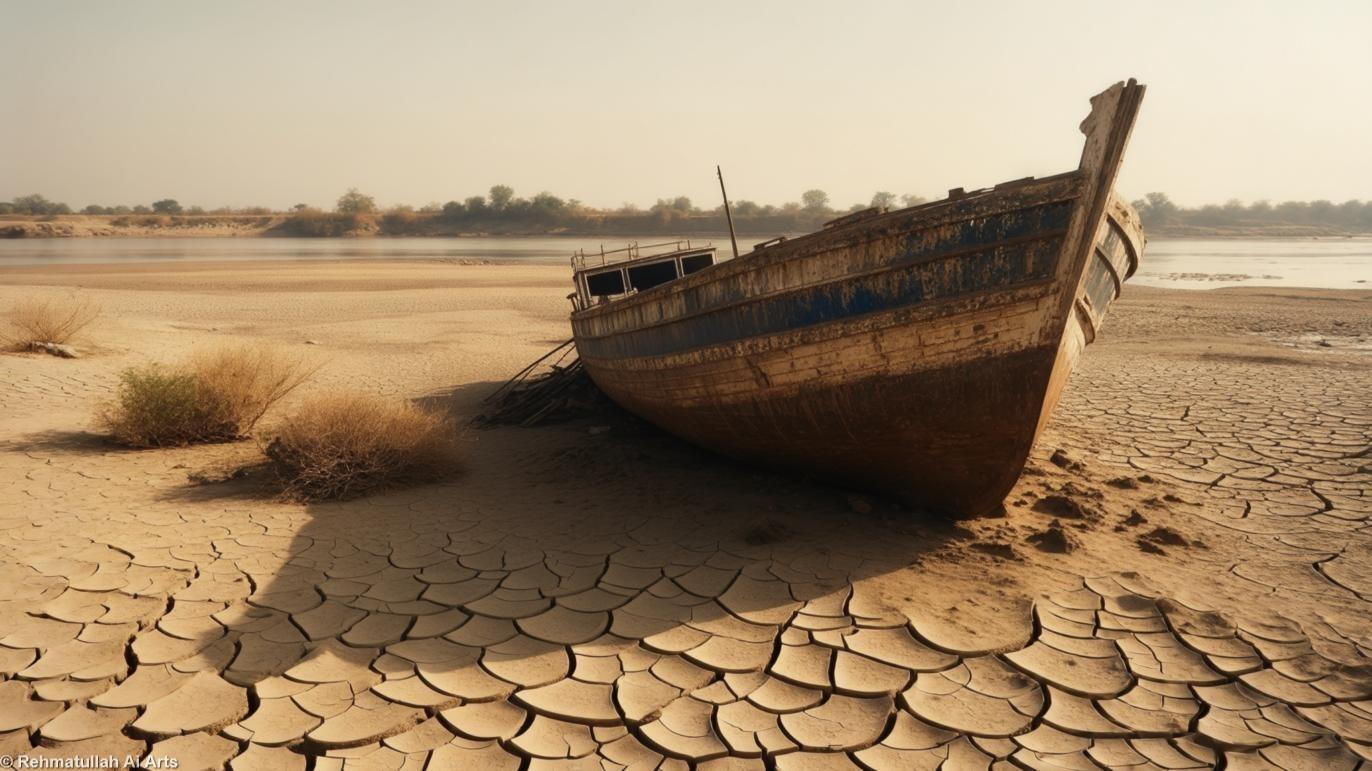

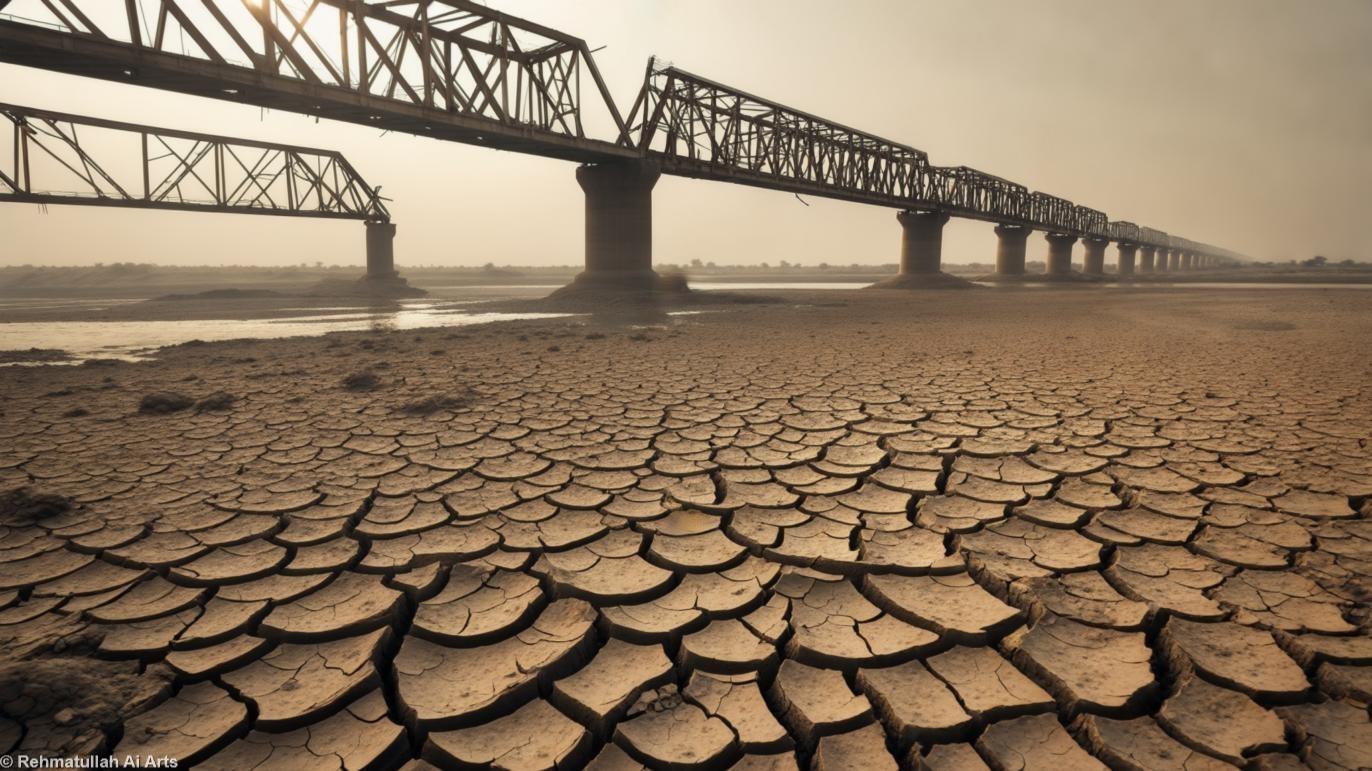
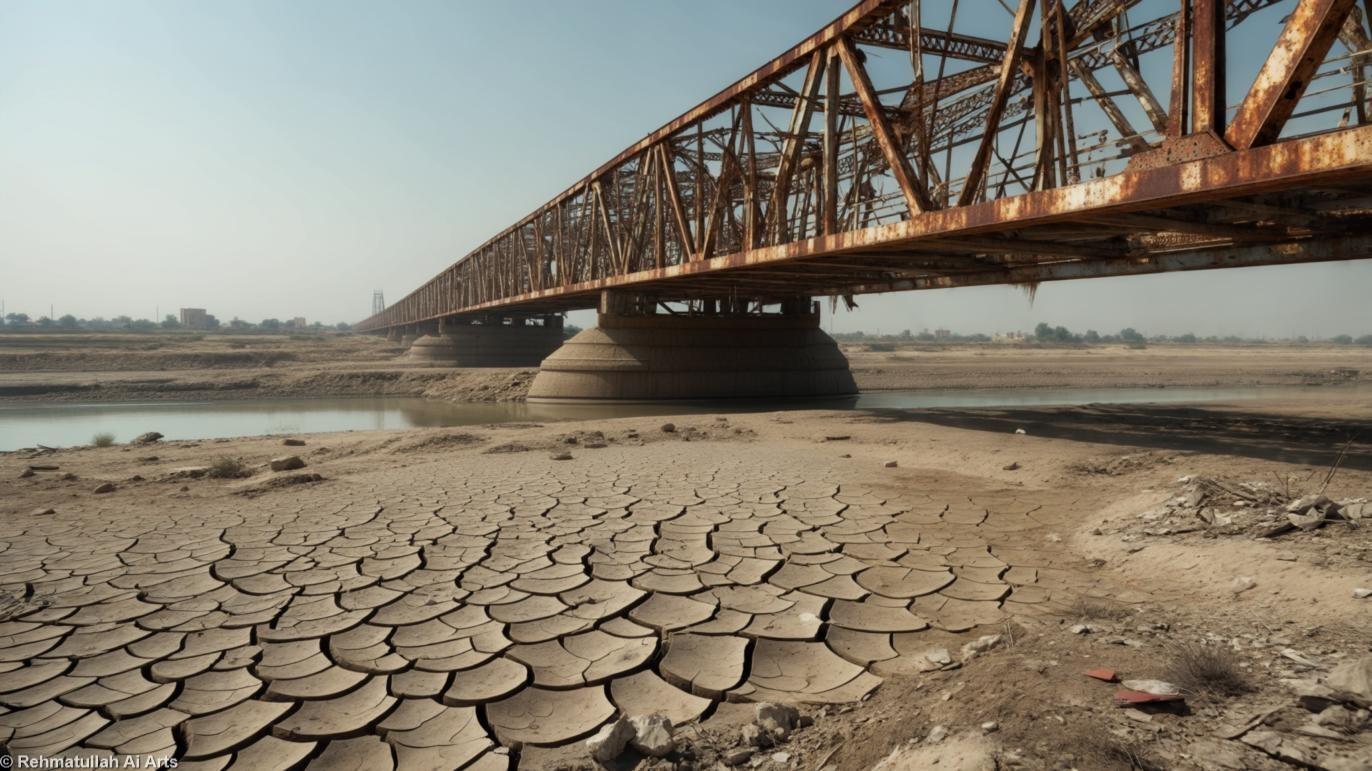
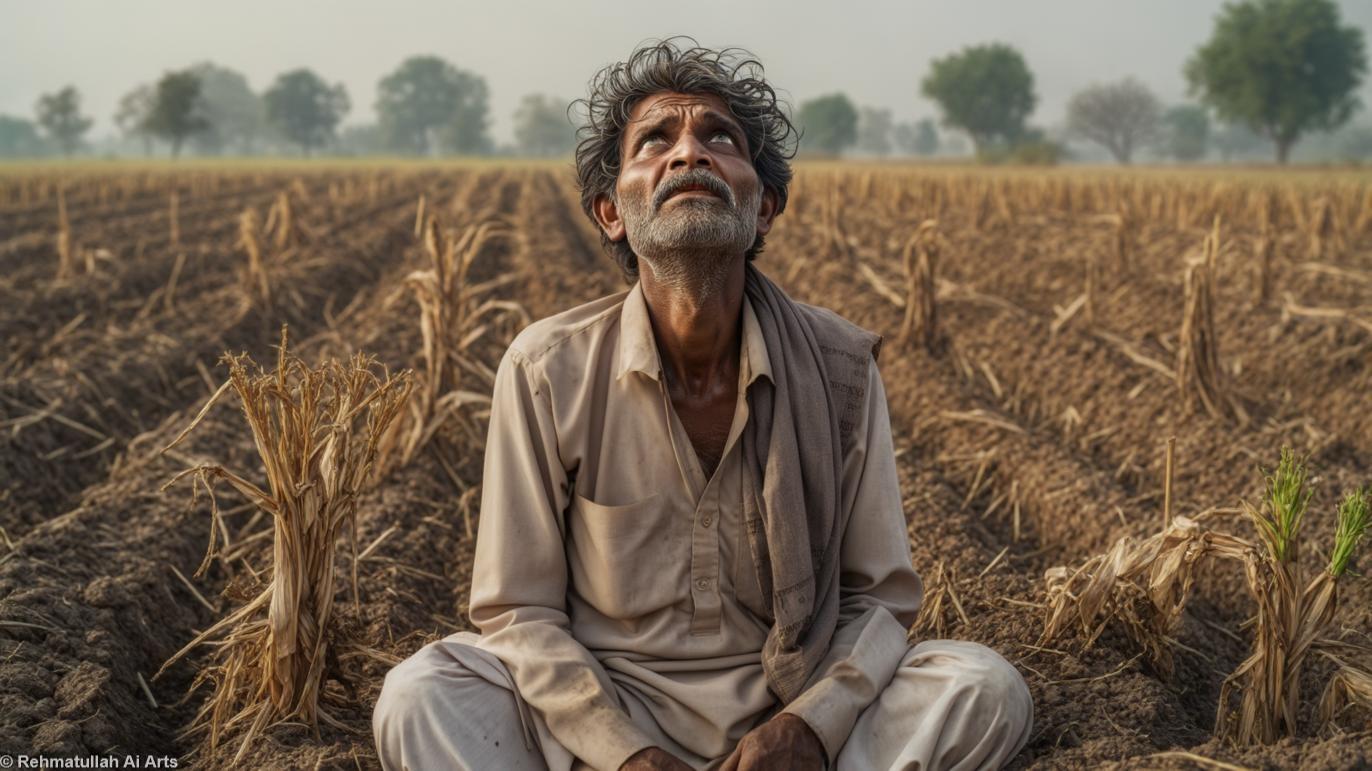
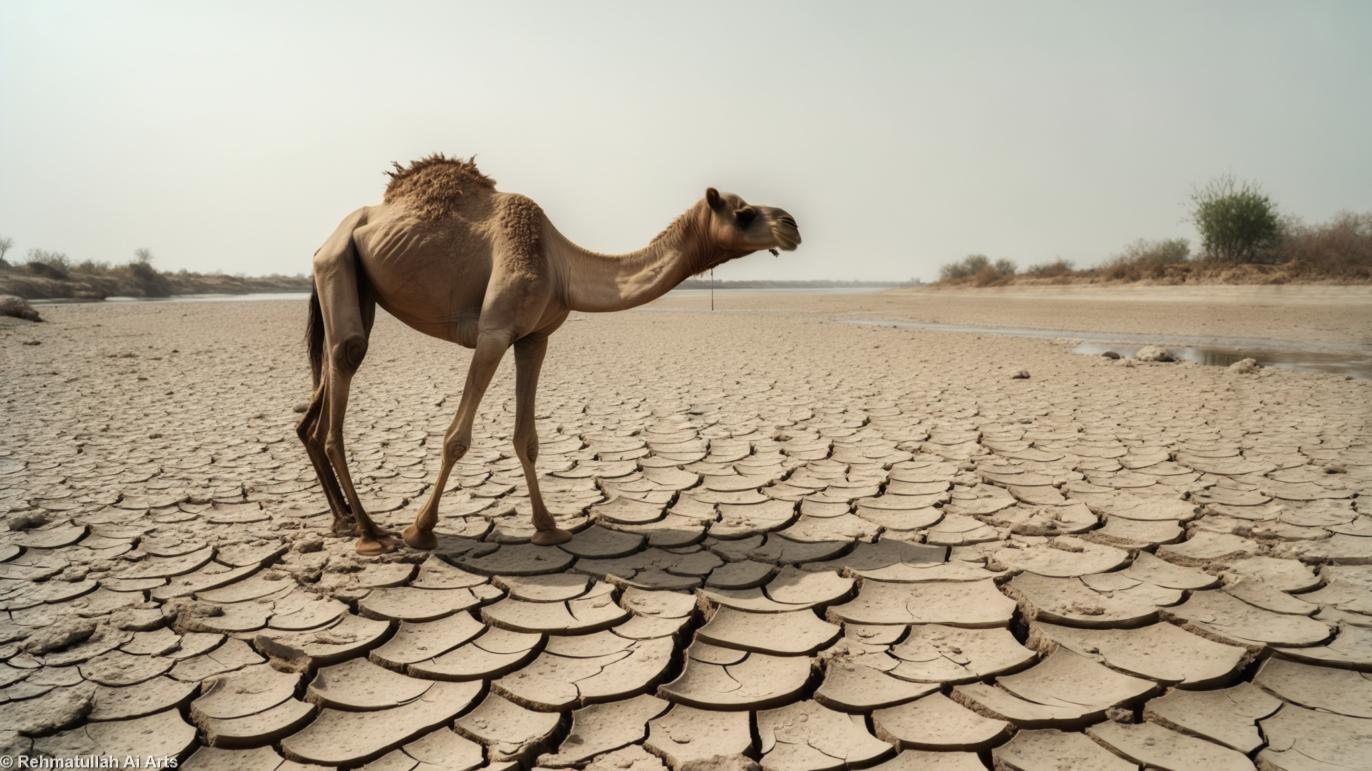
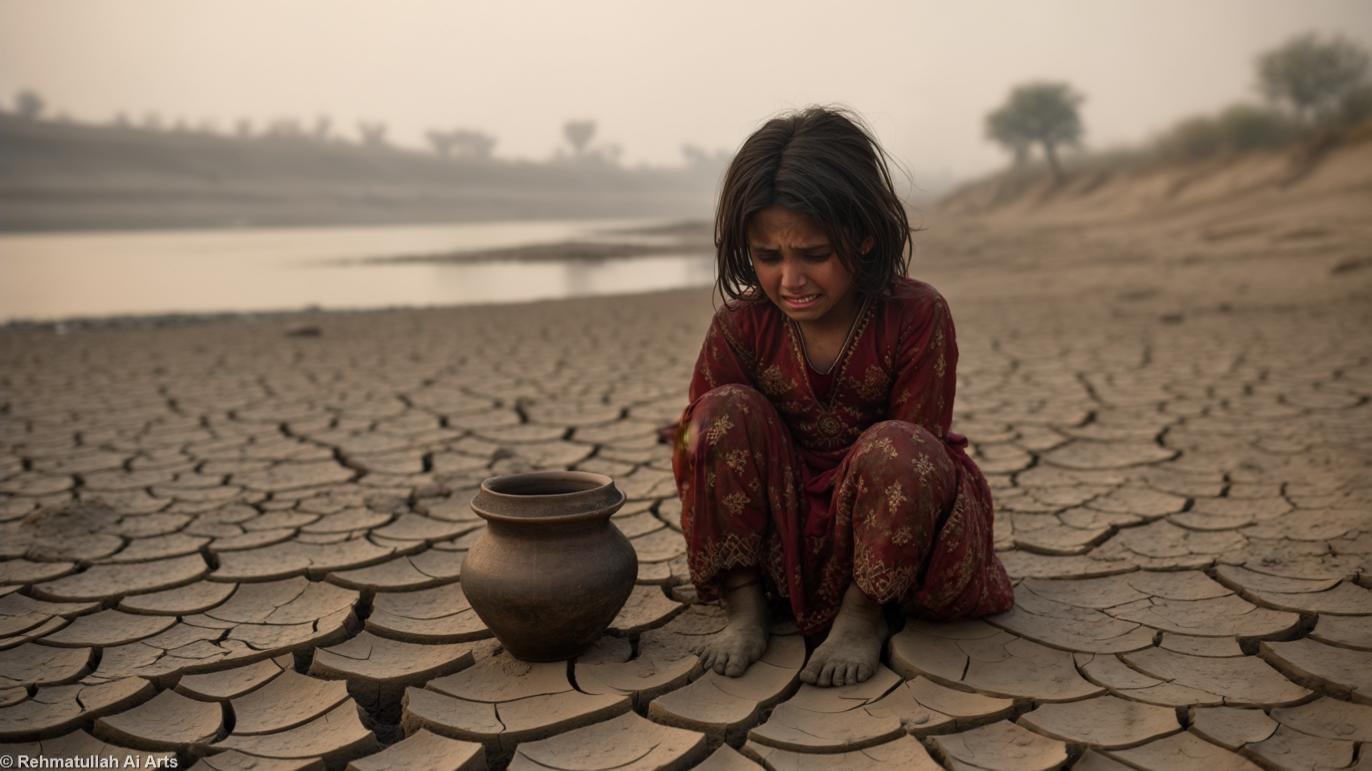
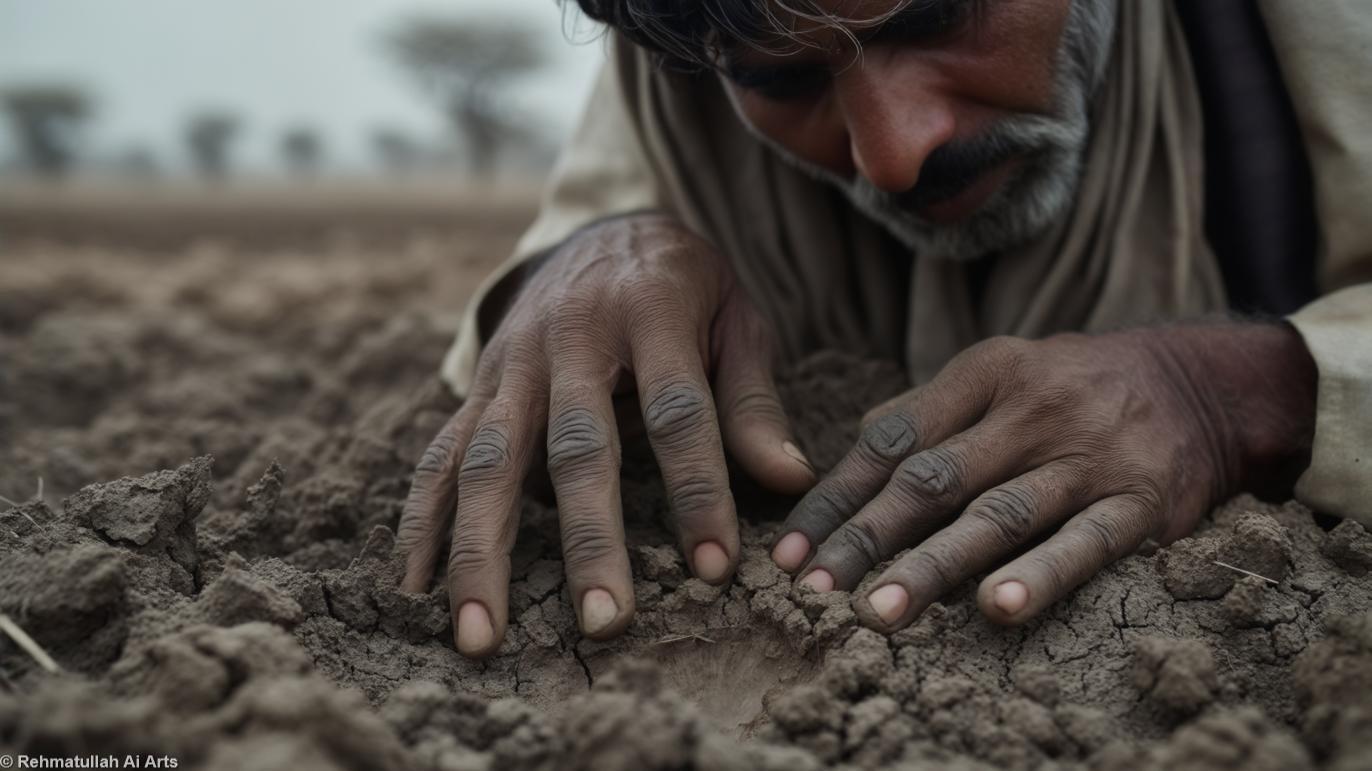
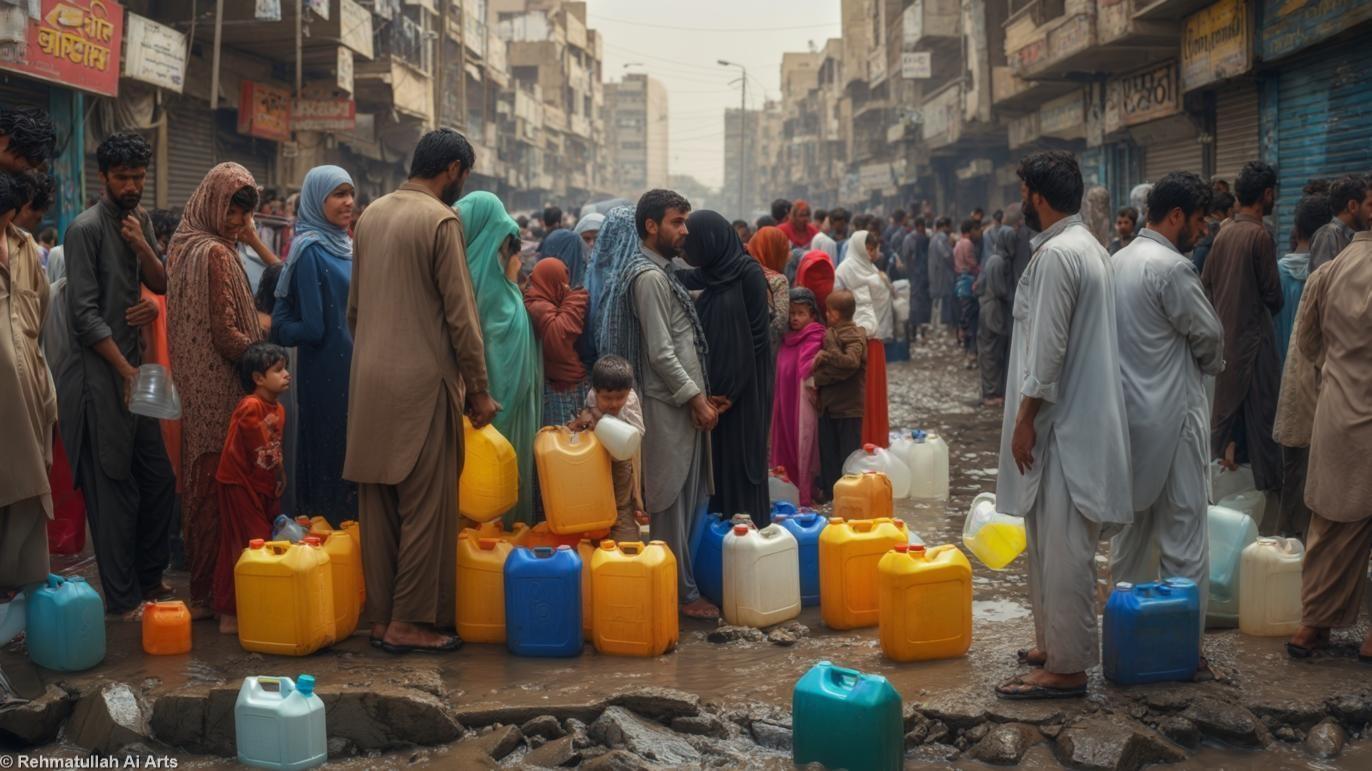

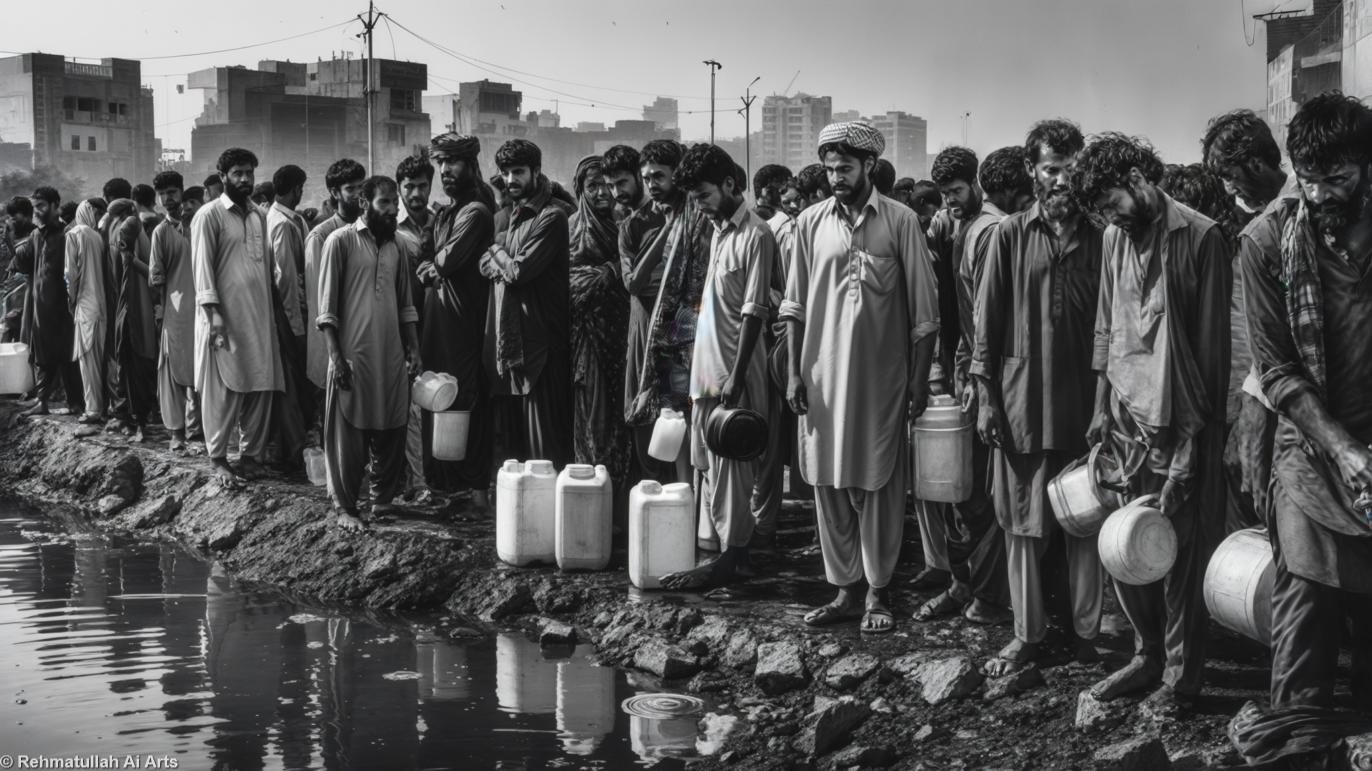

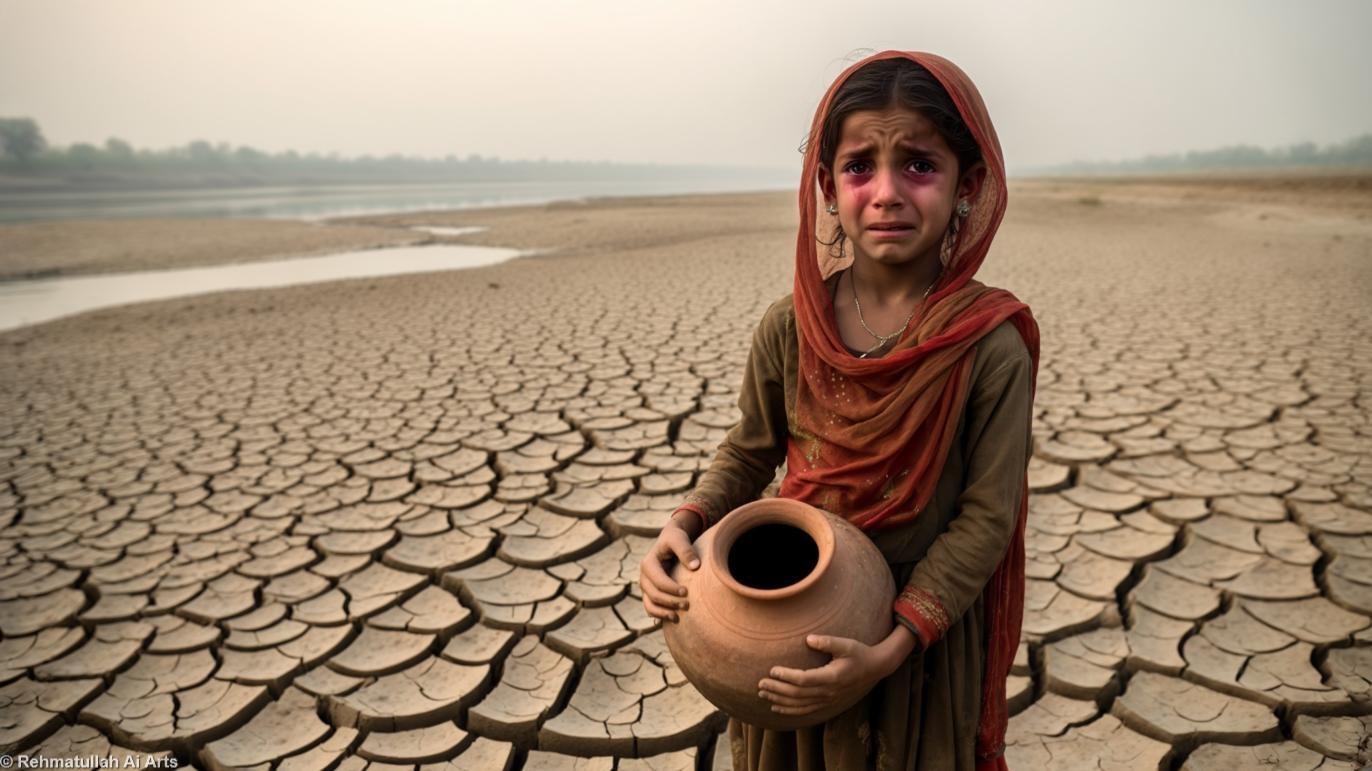
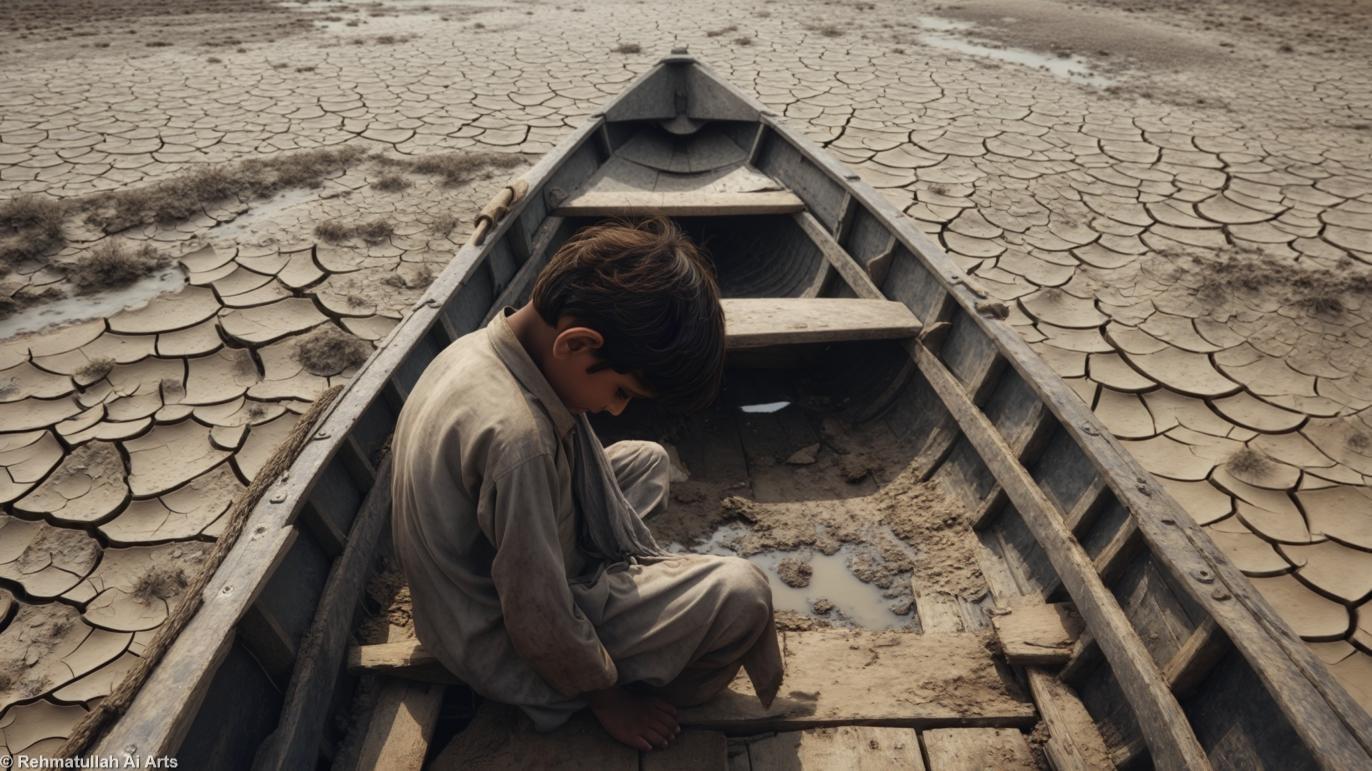

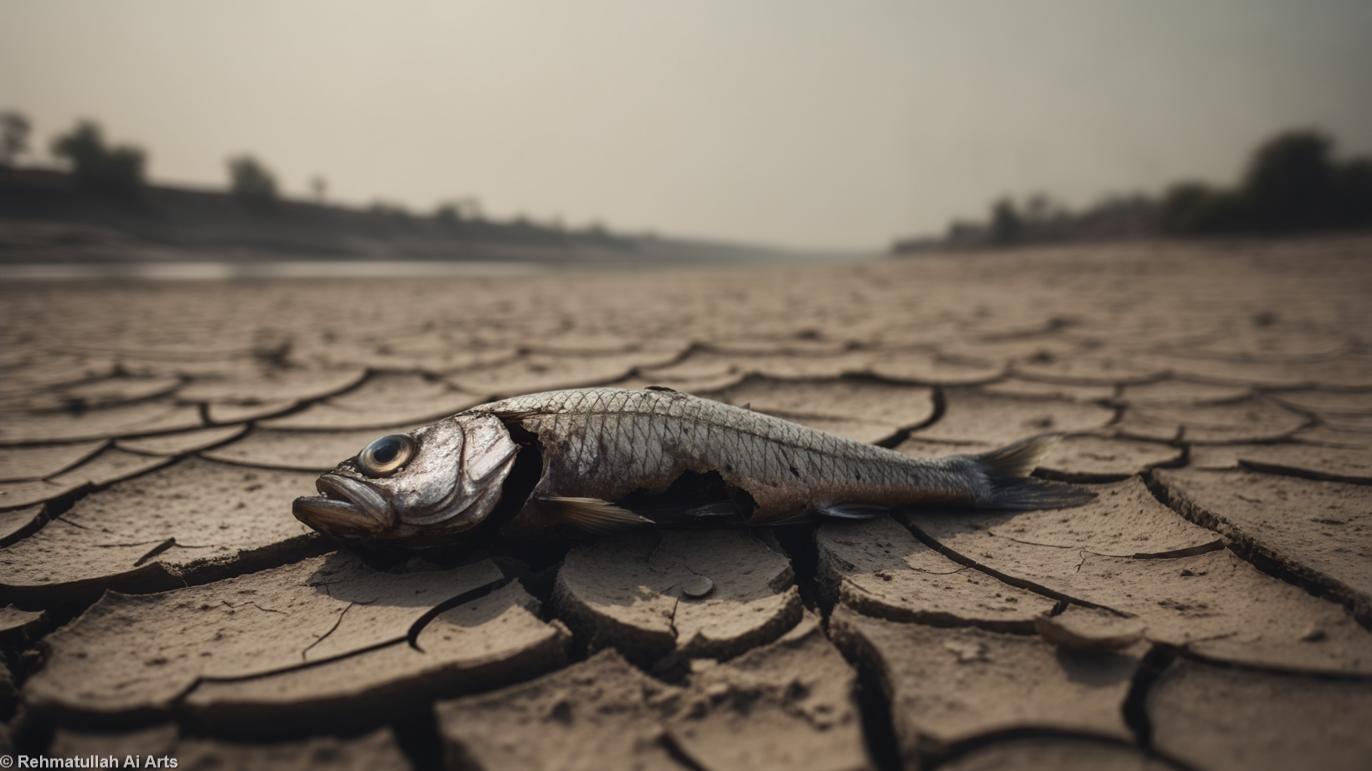

Leave a comment
Your email address will not be published. Required fields are marked *

